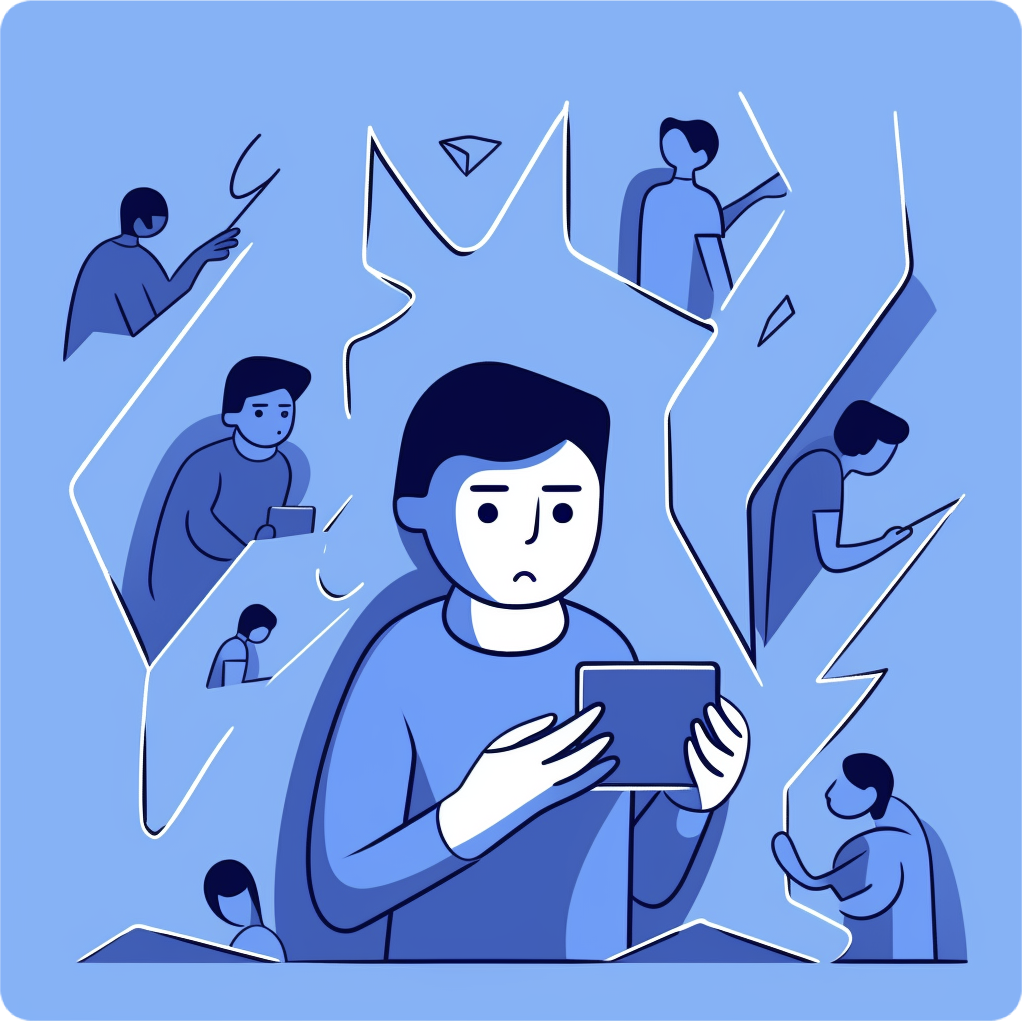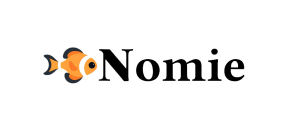Fostering the creation of connections
Over the past few years, my passion for the subject led me to learn a lot about the educational relationship and the creation of connections. Here are some key elements that I believe are crucial to consider if you want to foster creating connections among your students.
Common Ground
You are passionate about knitting and discover that one of your colleagues has just finished knitting a scarf. There, you have something in common with this person and you take the opportunity to start a conversation about your shared passion. This person already seems likable to you. The saying goes well: “Birds of a feather flock together.”
Psychologist Robin Dunbar has identified what he calls the “Seven Pillars of Friendship”:
- sharing the same language or dialect
- having the same educational trajectory
- growing up in the same location
- sharing hobbies and interests
- sharing moral, political, and religious views
- sharing musical tastes
- sharing a sense of humour
Robin Dunbar mentions that the more elements of these pillars we have in common, the stronger our friendship is.
Gradual development of relationships: we get to know a person little by little
The first time you meet your neighbour, usually, you don’t tell them your entire life story, right? Maybe a very superficial conversation about the weather… Then, little by little, over the course of encounters, you talk more, and eventually, you may develop a friendship.
This friendship will have developed gradually.
This process is compared to peeling an onion, where each revealed layer brings individuals closer together. In psychology, this is referred to as Social Penetration Theory (SPT) [PDF] by Altman and Taylor (1973). According to these researchers, communication is an important factor in the development of interpersonal relationships. SPT focuses on self-disclosure as the main mode of relationship development. Self-disclosure involves the intentional revelation of information about oneself to another person through verbal communication. Thus, as individuals share more information about themselves, their relationship develops further.
The limit of the number of people one can get to know in a short period of time
Have you ever participated in a speed dating activity? One of those evenings where you meet a different person every 5 minutes? After 2 hours, you would have met over 20 people. Once the activity is over, how many people do you remember? Probably very few…
Before exploring the creation of connections, I used to start my classes with icebreaker activities, involving all the students in the class at the same time, in one large group. For example, I would ask each student to share their name and favourite hobby or answer a similar question. These activities, although time-consuming, aimed to foster interaction to eventually learn the name and at least one piece of information about each person. However, during group interviews, students confessed their aversion to these exercises. They could not remember the names, were too focused on the approach of their turn to speak and found this activity simply boring and anxiety-inducing.
Now, for icebreaker activities, I form teams of at least 3 people. This promotes a more natural conversation, especially if one of the participants is shyer. I limit the groups to a maximum of 7 people, so that each person can have the opportunity to speak and fully participate in the group dynamics.
Laughter, a powerful driver for new encounters
A serious icebreaker activity can be interesting. But if you want to truly impact the creation of connections among participants, make them laugh!
According to Gray, Parkinson, and Dunbar (2015) [PDF], laughter can significantly influence the level of intimacy in self-disclosure among individuals. Their study suggests that laughter not only builds relationships but also increases people’s willingness to disclose personal information, even when they are not aware of it.
How does personality influence the way we create connections?
Due to their personality, some people find it easier than others to create relationships and are more comfortable in groups. For example, extroverted people are known to find it easier to start conversations while introverts are generally recognized for their great listening skills.
However, the results of a recent study by Card and Skakoon-Sparling (2023) contradict the commonly accepted idea that more introverted people are somehow less vulnerable to loneliness. Depending on the personality type, people tend to create relationships differently, but the need for relationships is important for everyone.
Nomie: a solution to facilitate the creation of connections, in an inclusive and fun way
Following my research on educational relationships, since 2020, I have been working designing a tool to assist teachers who wish to facilitate the creation of connections among students. I am very fortunate not to be alone in this adventure: I am supported by associates and numerous organizations from the Quebec entrepreneurial ecosystem. Thus, in August 2023, the commercialization of the Nomie web application began, and 5 daring teachers from various colleges are now using this tool with their classes. Lots of laughter and beautiful connections have ensued!

Nomie Logo
But concretely, what is Nomie? Nomie is a paid web application that allows for the creation of meaningful connections between students and teachers in a fun and inclusive way. Teachers create virtual classes and invite students to join. Students answer fun questions that automatically generate an introduction card, thus facilitating mutual discovery. Icebreakers and activities deployed in real time foster mutual knowledge and create a positive learning environment.

Screenshot of a student’s introduction card on Nomie. Before the first day of class, students receive an invitation to create their own introduction card by filling out a fun and inclusive questionnaire. Then, students can view the introduction cards of their group even before the first day of class, which can greatly reduce their anxiety.

Screenshot of the Dream Journey game, available on Nomie. In this game, each player earns a “trip” with certain conditions. Players choose a country on an interactive map individually, and then everyone’s choices are revealed. Nomie then forms teams of 3 to 5 people based on the selected countries. Team members discuss their country choices and answer questions from Nomie. All Nomie games have been validated: they are inclusive, fun, stimulate conversation, value differences, and can be played in class, in real time.
The benefits of creating connections are numerous.
| Benefits of creating connections— Braeur, 2011 [PDF, in French] |
| For the Teacher |
For the Student |
- Less stressed than when teaching an anonymous mass of students
- Gets attention more easily
- Less chatter
- Less lateness
- Fewer excuses in the submission of assignments
- Easier organization of active educational activities
Simplified classroom management |
- Feels less anonymous within the class group
- Greater attendance
- More effort in tasks
- More participation in class (asks more questions, responds more easily)
- Is invested more in activities proposed by the teacher
|
Nomie is only just making its entry into CEGEP classrooms. This tool is constantly improved through feedback from its users: the teaching and student community. In 2024, I aim to measure the impact of Nomie on academic perseverance with the support of researchers.
I myself use Nomie in my classes in Business Administration, and it really helps me make connections. To start a conversation, I can refer to elements from the introduction cards that students fill out on Nomie. For example, Manuel wrote about being proud of a YouTube video he published that got a lot of views. We had a discussion about this video. I even learned that Manuel is globally recognized for his gaming skills!
When I see very introverted people exchanging and laughing with their new classmates, something they usually don’t dare to do without this little boost facilitated by Nomie’s games, it fills me with joy!

Image source: Midjourney
When I call students by their first name, it’s not uncommon to see their faces light up. A small difference that makes all the difference. And when I see friendships forming or hear students laughing together, then it’s my face that lights up.
Having created a relationship with my students, I no longer say, “You, in the back of the class with the blue sweater, what do you think?” but rather “You, Abderrahmane, what do you think?”






